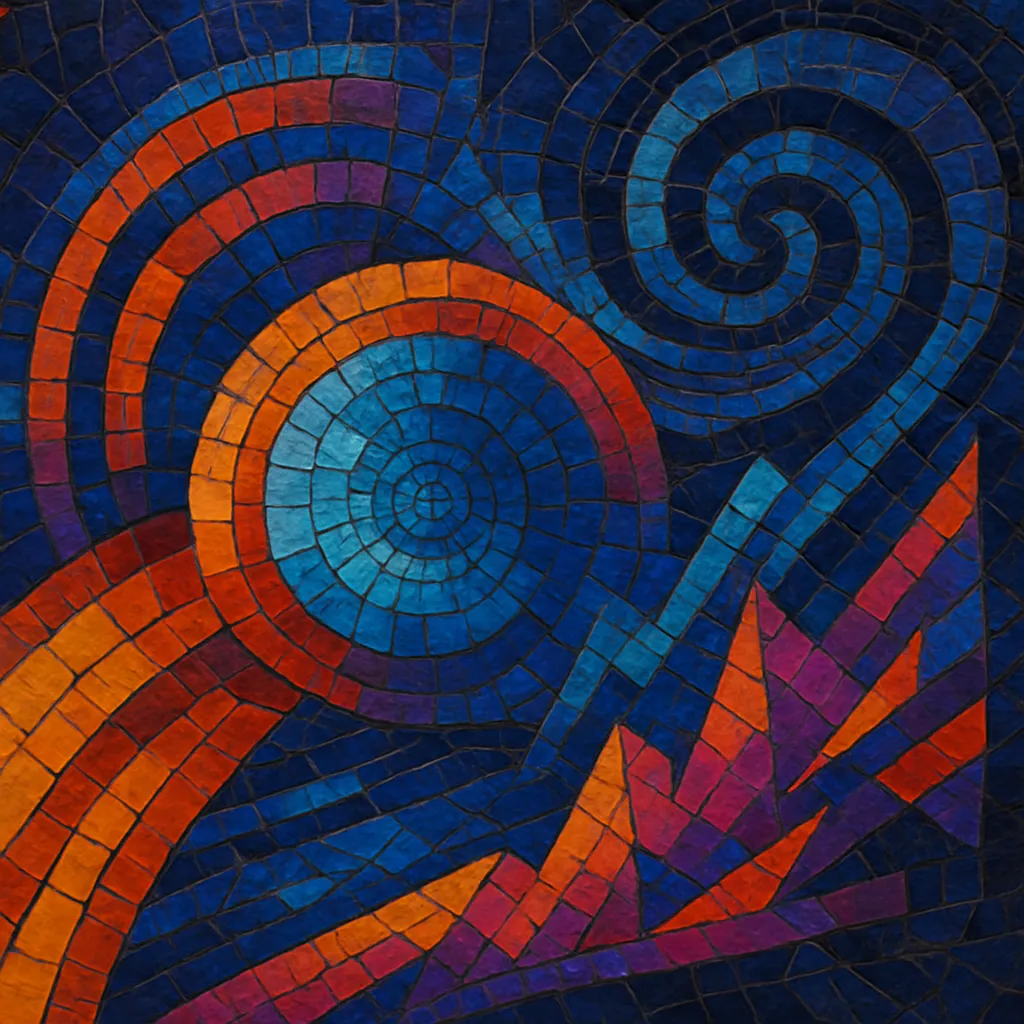
Trancestep is a hybrid of trance and “-step” breakbeat/bass styles, most commonly blending the euphoric melodies and long, cinematic breakdowns of trance with the drum programming and sound design of drum & bass or, in later waves, dubstep.
Typical tracks feature wide supersaw leads, soaring pads, and emotional chord progressions that build toward large drops. The rhythmic chassis can be either fast, rolling breakbeats around drum & bass tempo or half‑time grooves at dubstep tempo, but the topline, arrangement arc, and atmosphere remain distinctly trance‑like.
The result is a style that pairs dancefloor impact with uplifting, sentimental mood—anthemic hooks and meticulous transitions designed for big rooms and festival stages.
In the early 2000s, UK producers began fusing trance’s supersaws, extended breakdowns, and emotive chord progressions with the pace and percussion of drum & bass. Artists associated with this first wave—often described as “trance & bass” or trancestep—used rolling breaks, reese basses, and bright, anthemic leads to push DnB into a more melodic, festival‑ready direction.
As dubstep rose to prominence, a second wave took shape at 140 BPM, marrying half‑time drums and bass weight with trance songwriting and atmospheres. Media and fans informally dubbed much of this output “trancestep,” though it also overlapped with what became known as melodic dubstep. Labels and channels that championed melodic bass music helped normalize trance‑style songwriting (big breakdowns, uplifting hooks) within bass genres.
Throughout the 2010s, collaborations between trance and bass artists blurred boundaries further, with producers moving between trance imprints and bass‑focused labels. The style’s fingerprints—supersaw hooks, vocal‑centric breakdowns, and dramatic builds—became common in melodic dubstep and broader melodic bass, cementing trancestep’s role as a bridge between euphoric trance tradition and modern bass‑music energy.

